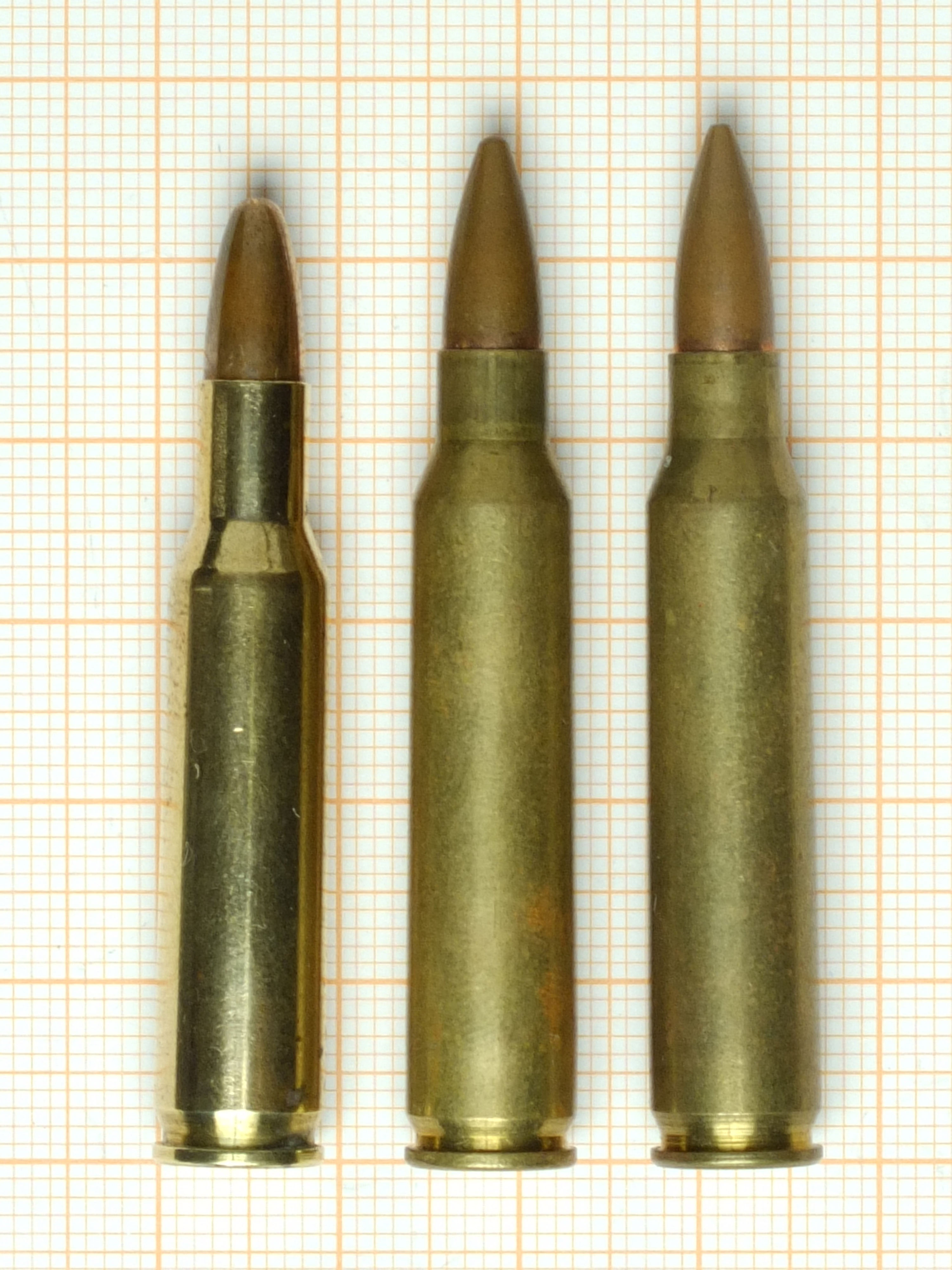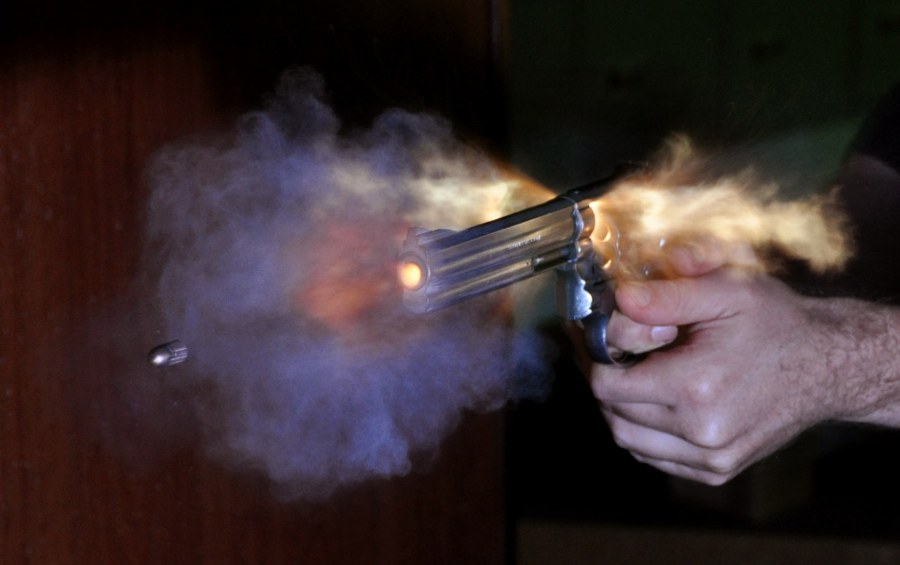|
100 Meter Running Moose
100 meter running moose (Norwegian ''elgbaneskyting'', Swedish ''älgbaneskytte'', Finnish ''hirviammunta'') is a shooting sport based on running targets simulating a moose moving sideways. The sport is popular in Norway, Sweden and Finland, with competitions being arranged by the Norwegian Association of Hunters and Anglers, Svenska Jägareförbundet and Finnish Hunters' Association, respectively. Events are most commonly shot at 100 meters, but sometimes 80 meters instead (particularly in Sweden). The use of electronic targets is common, but cardboard targets are also sometimes used. History In the 1950s, many shooting ranges in Norway had already been set up for training on running moose targets, but it was first introduced as a competition in the 1960s by the Norwegian Association of Hunters and Anglers. Interest increased steadily, and in the 1980s over 130 shooting ranges across Norway were set up for running moose. In Hordaland and Sogn og Fjordane in Western Norway, i ... [...More Info...] [...Related Items...] OR: [Wikipedia] [Google] [Baidu] |
Milliradian
A milliradian ( SI-symbol mrad, sometimes also abbreviated mil) is an SI derived unit for angular measurement which is defined as a thousandth of a radian (0.001 radian). Milliradians are used in adjustment of firearm sights by adjusting the angle of the sight compared to the barrel (up, down, left, or right). Milliradians are also used for comparing shot groupings, or to compare the difficulty of hitting different sized shooting targets at different distances. When using a scope with both mrad adjustment and a reticle with mrad markings (called an "mrad/mrad scope"), the shooter can use the reticle as a ruler to count the number of mrads a shot was off-target, which directly translates to the sight adjustment needed to hit the target with a follow up shot. Optics with mrad markings in the reticle can also be used to make a range estimation of a known size target, or vice versa, to determine a target size if the distance is known, a practice called "milling". Milliradian ... [...More Info...] [...Related Items...] OR: [Wikipedia] [Google] [Baidu] |
50 Meter Running Target
50 meter running target or 50 meter running boar is an ISSF shooting event, shot with a .22-calibre rifle at a target depicting a boar moving sideways across a 10-meter wide opening. It was devised as a replacement for 100 meter running deer in the 1960s and made its way into the Olympic programme in 1972. Although replaced there by the airgun version, 10 meter running target, in 1992, it still is part of the ISSF World Shooting Championships The ISSF World Shooting Championships are governed by the International Shooting Sport Federation. World Shooting Championships began in 1897, after the successful 1896 Summer Olympics, and although the ISSF was not founded until 1907, these earl ... and continental championships. Just like in 10 meter running target, half of the runs are slow (target visible for 5 seconds), and half are fast (target visible for 2.5 seconds) World Championships, Men World Championships, Men Team World Championships, total medals Current worl ... [...More Info...] [...Related Items...] OR: [Wikipedia] [Google] [Baidu] |
22 Long Rifle
The .22 Long Rifle or simply .22 LR or 22 (metric designation: 5.6×15mmR) is a long-established variety of .22 caliber rimfire ammunition originating from the United States. It is used in a wide range of rifles, pistols, revolvers, smoothbore shotguns, and submachine guns. In terms of units sold it is by far the most common ammunition in the world today. Common uses include hunting and shooting sports. Ammunition produced in .22 Long Rifle is effective at short ranges, has little recoil, and is cheap to purchase, making it ideal for training. History American firearms manufacturer J. Stevens Arms & Tool Company introduced the .22 Long Rifle cartridge in 1887. The round owes its origin to the .22 BB Cap of 1845 and the .22 Short of 1857. It combined the case of the .22 Long of 1871 with a bullet, giving it a longer overall length, a higher muzzle velocity and superior performance as a hunting and target round, rendering the .22 Extra Long cartridges obsolete. The .22 LR ... [...More Info...] [...Related Items...] OR: [Wikipedia] [Google] [Baidu] |
30-06 Springfield
The .30-06 Springfield cartridge (pronounced "thirty-aught-six" ), 7.62×63mm in metric notation, and called the .30 Gov't '06 by Winchester, was introduced to the United States Army in 1906 and later standardized; it remained in military use until the late 1970s. The ".30" refers to the caliber of the bullet in inches. The "06" refers to the year the cartridge was adopted, 1906. It replaced the .30-03, 6mm Lee Navy, and .30-40 Krag cartridges. The .30-06 remained the U.S. Army's primary rifle and machine gun cartridge for nearly 50 years before being replaced by the 7.62×51mm NATO and 5.56×45mm NATO, both of which remain in current U.S. and NATO service. It remains a very popular sporting round, with ammunition produced by all major manufacturers. History In the early-1890s, the U.S. military adopted the smokeless powder .30-40 Krag rimmed cartridge. The 1894 version of that cartridge used a round-nose bullet. Around 1901, the U.S. started developing an experimental rimles ... [...More Info...] [...Related Items...] OR: [Wikipedia] [Google] [Baidu] |
308 Winchester
The .308 Winchester is a smokeless powder rimless bottlenecked rifle cartridge widely used for hunting, target shooting, police, military, and personal protection applications globally. It is similar but not identical to the 7.62×51mm NATO cartridge. History During the 1940s, the .300 Savage became the basis for experiments on behalf of the U.S. military that resulted in the development of the T65 series of experimental cartridges. The original experimental case design by the Frankford Arsenal was designated the T65 and was similar to the .300 Savage case, but with less taper. The experimental cases were made from standard .30-06 Springfield cases which gave a little less capacity than standard .300 Savage cases because the Frankford Arsenal cases had slightly thicker case walls. The later T65 iterations were lengthened compared to the original T65 case and provided a ballistic performance roughly equal to the U.S. military .30-06 Springfield service cartridge. Over forty yea ... [...More Info...] [...Related Items...] OR: [Wikipedia] [Google] [Baidu] |
223 Remington
The .223 Remington (designated as the 223 Remington by the SAAMI and 223 Rem by the CIP) is a rimless, bottlenecked rifle cartridge. It was developed in 1957 by Remington Arms and Fairchild Industries for the U.S. Continental Army Command of the United States Army as part of a project to create a small-caliber, high-velocity firearm. The .223 Remington is considered one of the most popular common-use cartridges and is currently used by a wide range of semi-automatic and manual-action rifles as well as handguns. History The development of the cartridge, which eventually became the .223 Remington, was linked to the development of a new lightweight combat rifle. The cartridge and rifle were developed by Fairchild Industries, Remington Arms, and several engineers working toward a goal developed by U.S. Continental Army Command (CONARC). Development began in 1957. A project to create a small-caliber, high-velocity (SCHV) firearm was created. Eugene Stoner of ArmaLite was al ... [...More Info...] [...Related Items...] OR: [Wikipedia] [Google] [Baidu] |
Arcminute
A minute of arc, arcminute (arcmin), arc minute, or minute arc, denoted by the symbol , is a unit of angular measurement equal to of one degree. Since one degree is of a turn (or complete rotation), one minute of arc is of a turn. The nautical mile (nmi) was originally defined as the arc length of a minute of latitude on a spherical Earth, so the actual Earth circumference is very near . A minute of arc is of a radian. A second of arc, arcsecond (arcsec), or arc second, denoted by the symbol , is of an arcminute, of a degree, of a turn, and (about ) of a radian. These units originated in Babylonian astronomy as sexagesimal subdivisions of the degree; they are used in fields that involve very small angles, such as astronomy, optometry, ophthalmology, optics, navigation, land surveying, and marksmanship. To express even smaller angles, standard SI prefixes can be employed; the milliarcsecond (mas) and microarcsecond (μas), for instance, are commonly used in astron ... [...More Info...] [...Related Items...] OR: [Wikipedia] [Google] [Baidu] |
Red Deer
The red deer (''Cervus elaphus'') is one of the largest deer species. A male red deer is called a stag or hart, and a female is called a hind. The red deer inhabits most of Europe, the Caucasus Mountains region, Anatolia, Iran, and parts of western Asia. It also inhabits the Atlas Mountains of Northern Africa; its early ancestors are thought to have crossed over to Morocco, then to Algeria, Libya and Tunisia via the Strait of Gibraltar, becoming the only species of true deer (Cervidae) to inhabit Africa. Red deer have been introduced to other areas, including Australia, New Zealand, the United States, Canada, Peru, Uruguay, Chile and Argentina. In many parts of the world, the meat (venison) from red deer is used as a food source. Red deer are ruminants, characterized by a four-chambered stomach. Genetics, Genetic evidence indicates that the red deer, as traditionally defined, is a species group, rather than a single species, though exactly how many species the group includes rem ... [...More Info...] [...Related Items...] OR: [Wikipedia] [Google] [Baidu] |
Shooting Sports
Shooting sports is a group of competitive sport, competitive and recreational sporting activities involving proficiency tests of accuracy, precision and speed in shooting — the art of using ranged weapons, mainly small arms (firearms and airguns, in forms such as handguns, rifles and shotguns) and bow and arrow, bows/crossbows. Shooting sports can be categorized by equipment, shooting distances, shooting target, targets, time limits and degrees of sport of athletics, athleticism involved. Shooting sports may involve both team and individual competition, and team performance is usually assessed by summing the scores of the individual team members. Due to the noise of shooting and the high (and often lethal) impact (mechanics), impact energy of the projectiles, shooting sports are typically conducted at either designated permanent shooting ranges or temporary shooting fields in the area away from settlements. History Great Britain Historically, shooting game and target shooting ... [...More Info...] [...Related Items...] OR: [Wikipedia] [Google] [Baidu] |
100 Meter Running Deer
100 meter running deer is a discontinued ISSF shooting event, that was part of the Olympic program from 1908 to 1924, in 1952 and 1956, and of the ISSF World Shooting Championships program from 1929 to 1962, when it was replaced by 50 meter running target. Being the original running target event, it was shot with centerfire rifles from a distance of 100 meters, with the target moving sideways across a 20-meter-wide opening. There were two versions: single shot and double shot. Occasionally combined competitions, with half the course fired single-shot and half double-shot, were held instead of or in addition to the others. The Nordic Shooting Region continued to hold championships in the discipline until 2004. [...More Info...] [...Related Items...] OR: [Wikipedia] [Google] [Baidu] |






